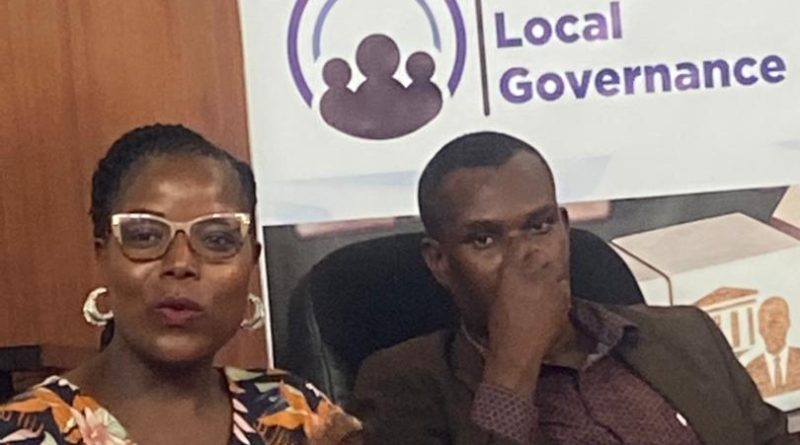Rural communities bear brunt of poor service delivery
By Lovemore Chazingwa in Sanyati
Rural comminities are on the deeper end in accessing basic municipal service with the ever deteriorating situation adding more gloom, a WASH workshop has heard.
Berina Residents (BRA) in partnership with Institute for Local Governance (ILG) and Institute For Integrated Transitions (IFIT) hosted a half day workshop that zeroed in on water, sanitation and hygiene (WASH) landscape affecting both rural and urban settlements.
ILG consulting director Thulani Mswelanto highlighted the obtaining reality, particularly in Sanyati district of Mashonaland West province.
Mswelanto noted results from action research and edited excerpts from the Auditor General’s report for the year ended December 31, 2022.
“The current WASH situation in Zimbabwe faced many challenges around capacity, behaviours and the lack of investment in these sectors during and after the economic crisis of the last decade. Access to clean water is a basic right that is important to the survival of humanity yet, it can be one of the hardest resources to attain.
Emphasizing: “Access to safe water and sanitation remains a major issue particularly in rural areas. Access to adequate, improved sanitation lags significantly behind at 35 percent.”
According to literature availed by ILG during the workshop, “Data from the 2022 National Population Census show that, 25 percent of households do not have any type of toilet facility. The availability of proper sanitation facilities is much higher in urban areas than their rural counterparts. Multiple Indicator Cluster Survey (MICS) 2014 reports that national open defecation is at 31.7 percent. This affects rural areas in particular where 44 percent of the population practice it.”
A snap overview of the WASH situation in Sanyati Rural District Council (SRDC), on drinking water services 74.4 percent of households use basic drinking sources while 4.8 percent use surface water for drinking.
In the sanitation category, 30.7 percent are on the higher end with a 42.5 population practicing open defecation.
Hand washing services fair better where 39.3 percent of households access basic hand washing facilities as opposed to 34.5 percent who have no hand washing facilities.
4.3 percent of the total rural population dispose of solid waste safely.
This data from qualified opinion highlights significant challenges in access to improved WASH facilities in Sanyati District.
Safe WASH services are crucial to human health and well-being. It is not only a prerequisite to healthy livelihoods but, contributes to dignity as well as resilient communities living in healthy environments.
Sanyati district is comprised of a human population of about 205 366 with 112 897 in rural Chakari and Sanyati. The remaining 92 469 reside in urban Kadoma.
ILG is an initiative by BRA to provide technical support and monitoring for Section 265 institutions (local, provincial and metropolitan governance authorities). Its primary goal is to ensure good governance by being effective, transparent, accountable and institutionally coherent.
The Institute believes that addressing malpractices in governance and accountability is crucial for delivering good (standard) social services to citizens.
*About the writer.*
Lovemore Chazingwa is a Freelance Journalist and the Interim Executive Leadership Committee Chairperson at Municipal Writers Association of Zimbabwe (MWAZ).
He can be contacted on 0712428244 / 0782929782




